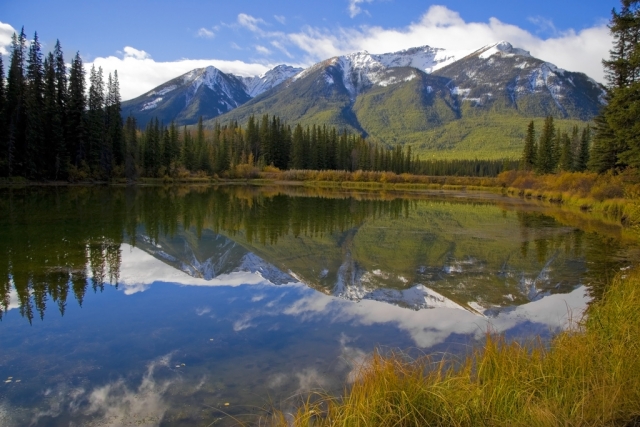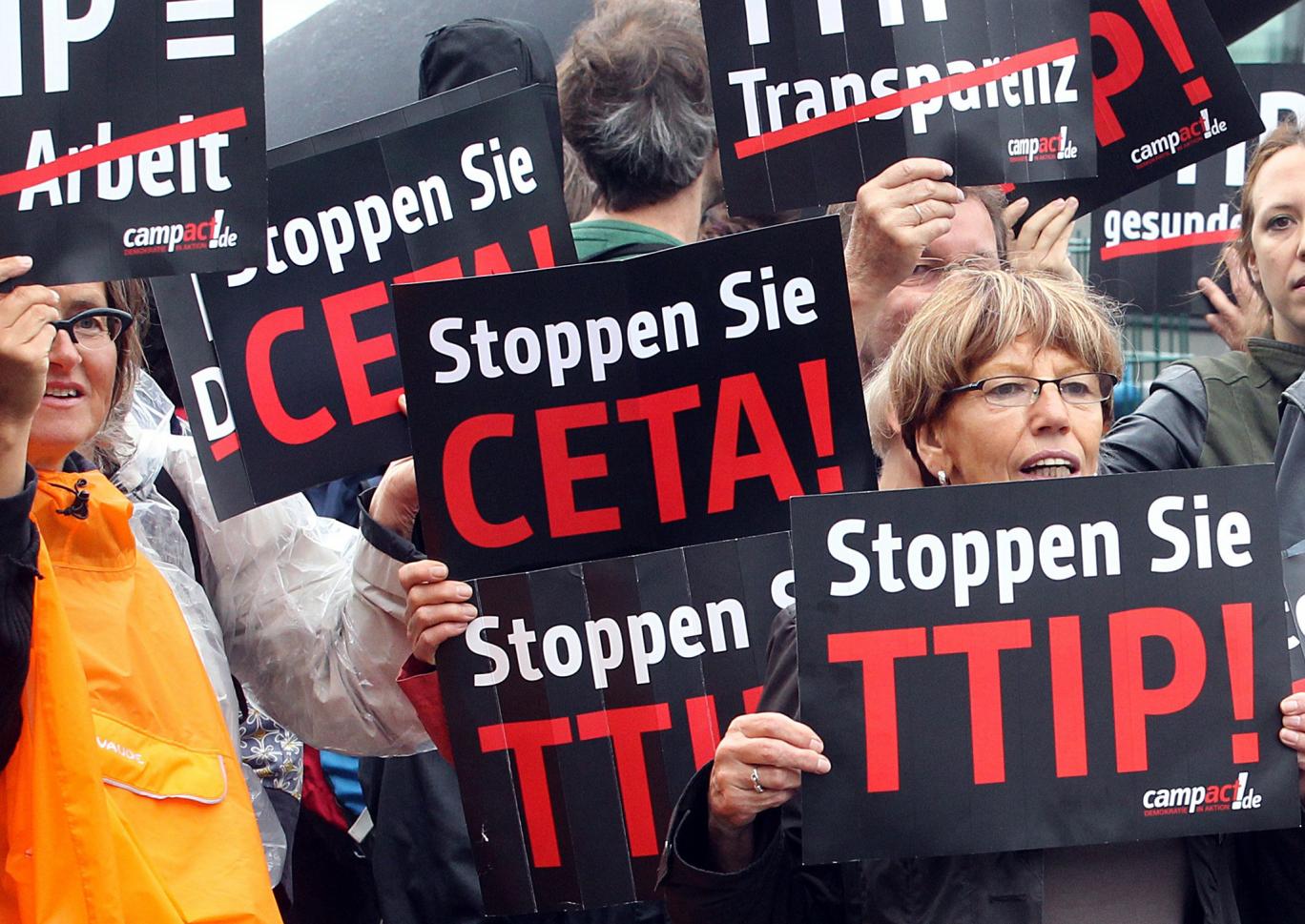Finally, after delays on delays, Tesla opens the wings on the Model X SUV. It was worth the wait.
reposted from the Chicago Tribune, Sept 30, 2015
Electric vehicle maker Tesla Motors has mastered the sporty two-seater and the elegant sedan. Now, it wants to conquer the family hauler.
After nearly two years of delays, the official launch of the Tesla Model X — one of the only all-electric SUVs on the market — on Tuesday night near the company’s California factory was delayed by a half hour. Cheers from the crowd indicated it was worth it.
CEO Elon Musk says the Model X sets a new bar for automotive engineering, with unique features like rear falcon-wing doors, which open upward, and a driver’s door that opens on approach and closes itself when the driver is inside.
“All these things together make the car amazing,” he said.
The Model X is the third vehicle from 12-year-old Tesla, after the Roadster — which was discontinued in 2012 — and the Model S sedan. It should attract new customers — particularly women — to the brand, and it goes on sale as the market for luxury SUVs is booming. U.S. luxury SUV sales were up 17 percent through August, five times better than the industry as a whole.
“If Tesla’s going to be a more significant player, they need more products, and SUVs are what the market is demanding,” said Michelle Krebs, a senior analyst with the car buying site AutoTrader.com. Musk said Tesla expects about half of its sales to be SUVs.
But there are drawbacks. Only a fraction of the sippy-cup set will be able to afford the Model X, even with a $7,500 federal tax credit. A fully loaded performance model is $142,000; exact pricing of the base model hasn’t been released, but Musk said the Model X will cost $5,000 more than an equivalent Model S, or around $93,000. Musk said the company will eventually offer a less expensive variant with a smaller battery.
The Model X shares a platform and motor with the Model S, which is made at the same factory. But unlike the S, which has several battery options, the X only has a 90 kilowatt-hour battery and only comes with all-wheel drive. The 90D version will go 257 miles on a full charge, while the P90D performance version will go 250 miles. Tesla’s high-speed “ludicrous mode” is offered on the P90D; it goes from 0 to 60 mph in 3.2 seconds. The base model goes 0 to 60 mph in 4.8 seconds.
The Model X has three rows and seats seven; on a test ride, the back row could fit an adult and had a surprising amount of headroom. The front windshield, which Tesla says is the biggest in the industry with broad view like that in a helicopter, sweeps back and over the front seats. Navigation, music and cabin controls are accessed through a 17-inch dashboard touch screen.
“The goal was to create an aperature more functional than a minivan,” Musk said.
The rear falcon-wing doors open up to a three-seat second row, which all move independently. Push a button and the second row moves forward to let passengers in the two-seat third row without having to remove child seats. The second row also has a flat floor, so backpacks and laptops can be stored under the seat.
The doors were among the reasons the Model X’s launch was delayed several times. Musk announced plans for the Model X in 2012; it was initially expected to go on sale in early 2014.
Musk says the company “got a little carried away” and might have designed the Model X differently if it had known the final engineering costs and manufacturing complexity.
“I’m not sure anyone should make this car,” he said. “There’s far more there than is really necessary to sell the car.”
It can tow up to 5,000 pounds, with 7 adults riding. There is cargo space in the rear and the frunk, or front trunk.
Musk also called it the safest SUV ever.
That complexity means there will be a slow production ramp-up this fall. Around 25,000 people have already placed orders for the X, Musk said. Customers who put in an order now will have to wait up to a year to get one.
At the Fremont factory event, SUVs were delivered to the first six buyers.
Last month, Musk lowered Tesla’s annual sales forecast from 55,000 vehicles to between 50,000 and 55,000. But Musk says Tesla is still on track to sell 500,000 vehicles by 2020. It expects to reach that goal with the introduction of its next car, the lower-priced Model 3, which is due out in 2017.
The Model X is alone, for now, in the all-electric luxury SUV market. Its closest competitor is the plug-in hybrid Porsche Cayenne SUV, which starts at $77,200. But others, spurred by Tesla, are planning their own all-electric models. BMW will start selling a plug-in hybrid X5 later this year, starting at $63,095 with standard all-wheel drive. Audi said this month that it will have an all-electric SUV by 2018.
At the lower end of the market, there’s the $32,000 Kia Soul EV, an electric crossover, but it only has a 93-mile range. Toyota briefly sold an electric version of the RAV4 SUV, but that was discontinued last year.
Associated Press contributed








